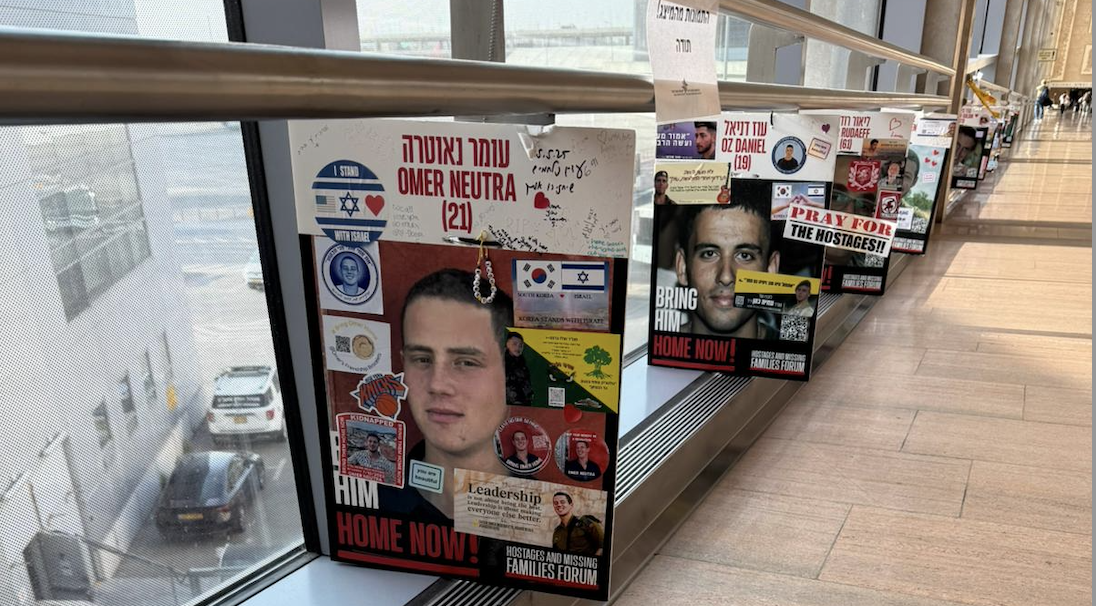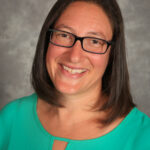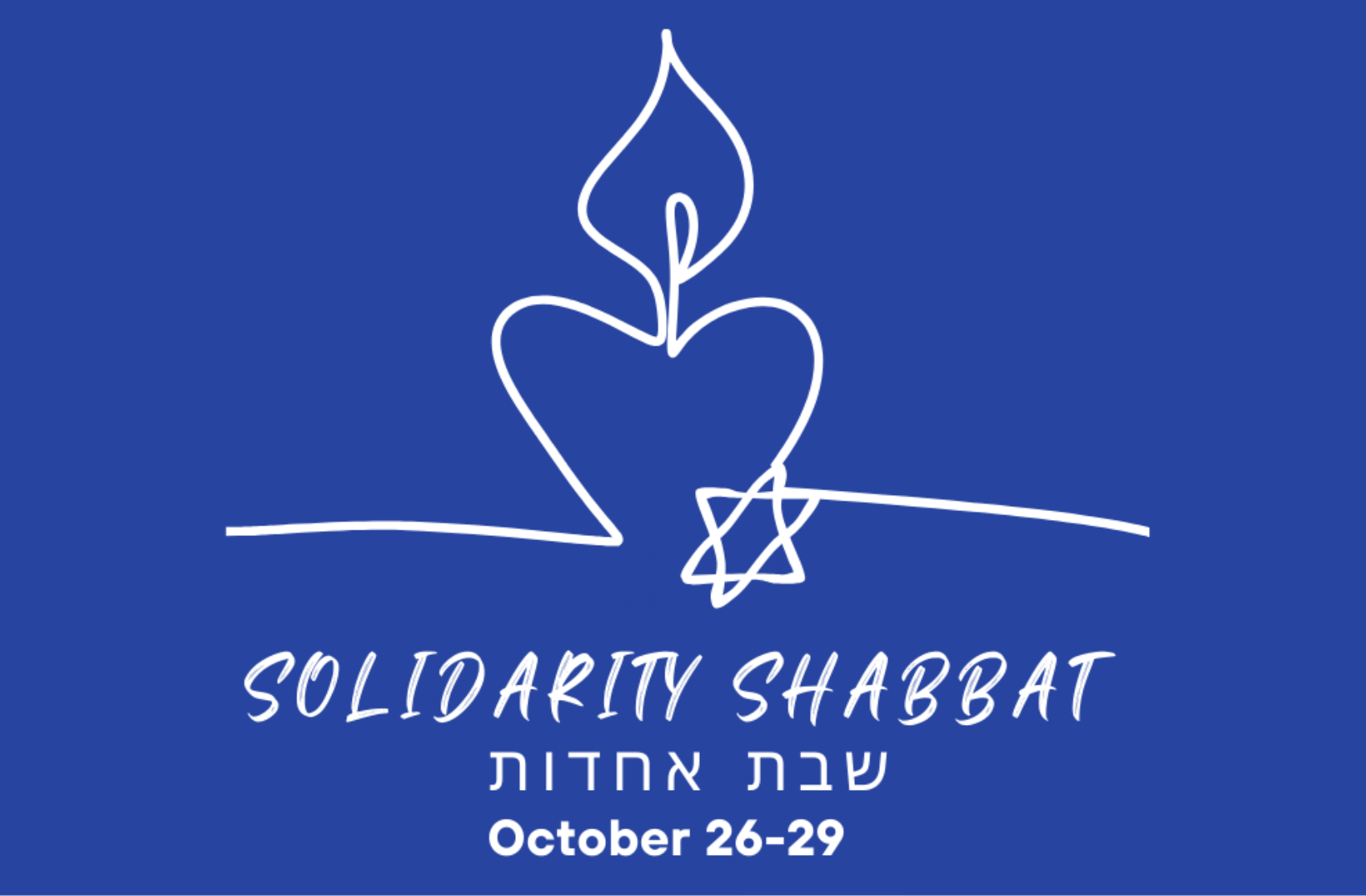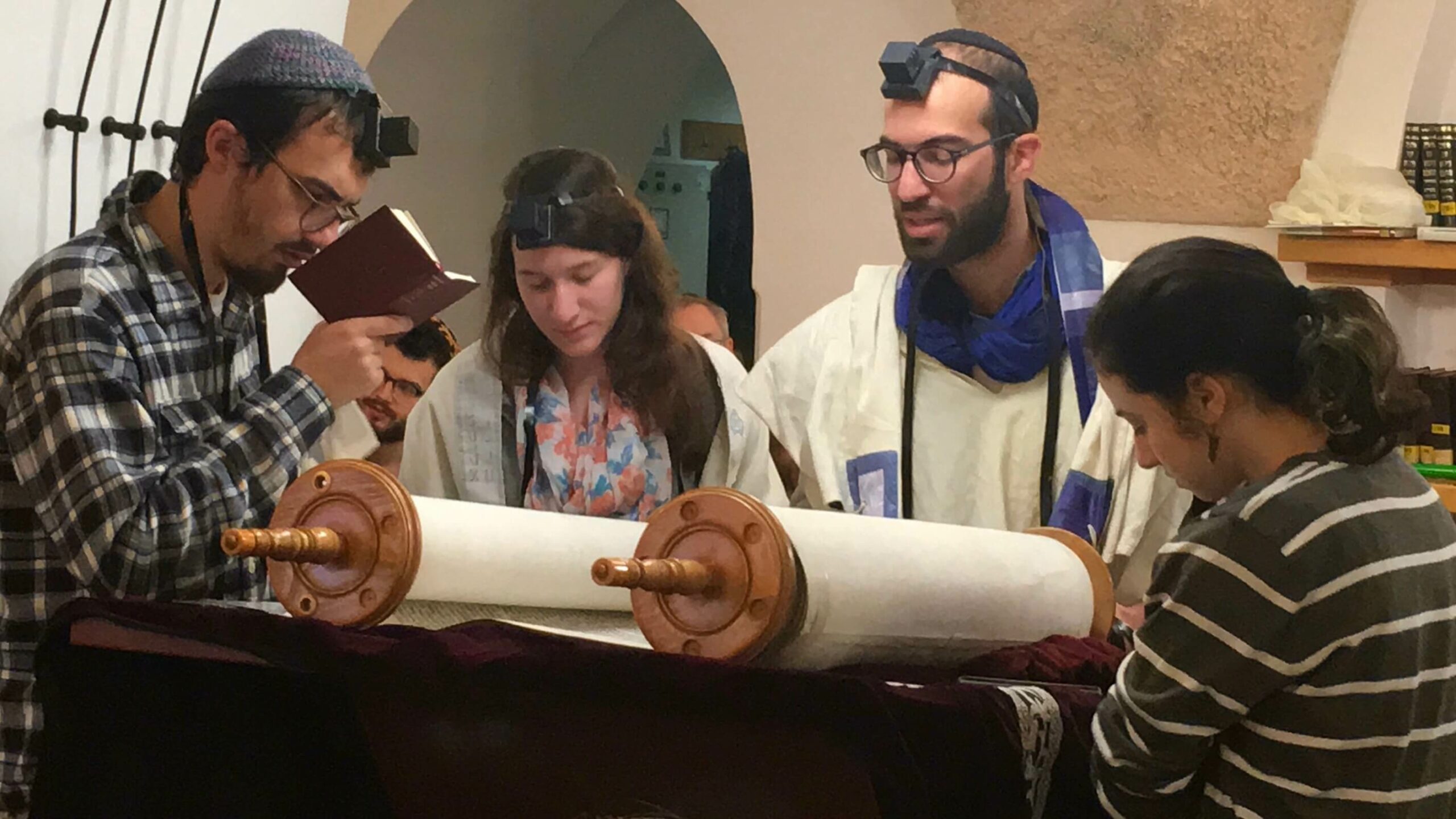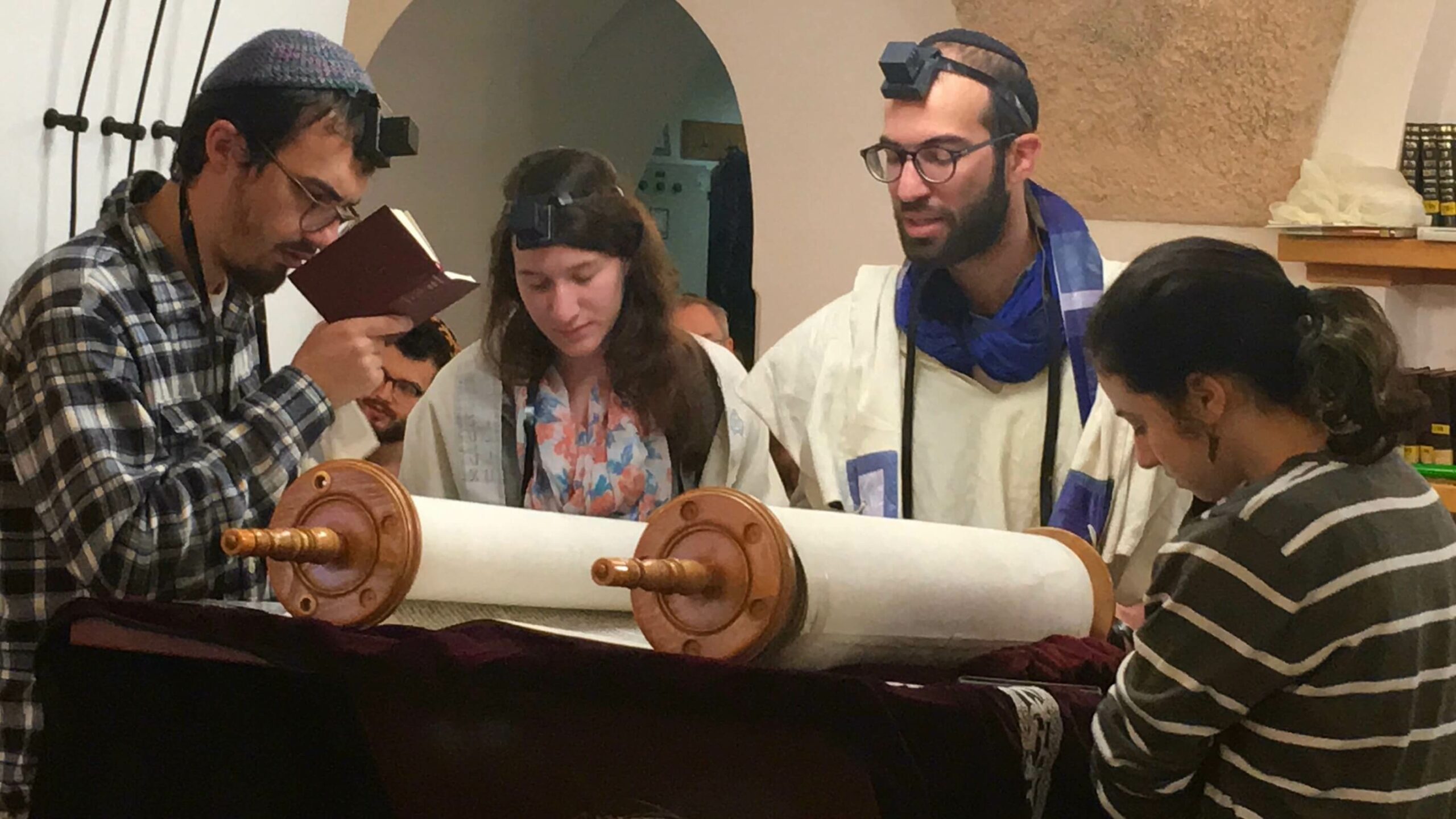

TORAH SPARKS (print friendly version)
Chag HaPesach April 20, 2019 | 15 Nisan 5779
Torah (Exodus 12:21-51): Etz Hayim p. 385; Hertz p. 257
Maftir (Numbers 28:16-25): Etz Hayim p. 931-932; Hertz p. 695-696
Haftarah (Yehoshua 3:5-7, 5:2-6:1, 6:27): Etz Hayim p. 1299; Hertz p. 1009
D’var Torah: What Story are We Telling?
Dr. Joshua Kulp, Conservative Yeshiva Faculty & Rosh Yeshiva
Roughly 20 years ago, I began to teach and study the origins of the Seder and Haggadah. I was a young, enthusiastic teacher at the Conservative Yeshiva, and every year as soon as Purim was over, I would begin to teach the tenth chapter of Pesachim, the chapter that contains the earliest description of the Seder and Haggadah. As we drew close to Pesach, my students would ask me to write these teachings down, and over the course of the years, I did so, every year writing furiously starting with Purim and finishing a few weeks after Pesach, when the memories of what I had been teaching began to fade. Eventually, with the help of a few students (thanks Rabbi Julia Andelman) I printed these lessons up, bound them with a spiral binding, and gave them to whichever students were interested. I found a cover picture of a hare hunting scene that reminded me of my German-born grandmother, the matriarch at my childhood seder. Hare hunting scenes, “jagen has” in German, appear in German haggadot on the page of the Kiddush as a reminder of the mnemonic “yaknehaz” the order of the blessings when Pesach falls on Saturday night (yayin, Kiddush, ner, Havdalah, zeman). Eventually, this commentary came to the attention of Rabbi David Golinkin, and within a few years we published together The Schechter Haggadah: Art, History and Commentary.
This story, has now become part of my own Pesach story, a tale I tell when teaching about the Haggadah all across the United States. It is meaningful to me on many levels. First of all, it reminds me of several of the most important people in my life. My students, with whom throughout the course of a year I come to feel very close, and with whom I often form lifelong friendships and bonds (as evidenced by the many I drink a beer with whenever I’m abroad). And it reminds me of my grandmother, who wisely chose to leave Frankfort, Germany in 1933, without her parents, and eventually made her way to the United States, where she raised my father, who provided me with my love of Jewish ritual. The story also reminds me of my own journey as a scholar, from someone who grew up in a world relatively void of Jewish learning, to someone who discovered a deep passion for learning somewhere in the middle of his life, and finally to the person I’ve become over the past two decades, one who believes deeply in the mission of bringing Jewish scholarship to a broad audience.
Pesach is the richest of holidays because human beings are storytellers. The Haggadah coalesced around the story of the Exodus from Egypt, and it is the fundamental mitzvah of Pesach. But it is also a rich opportunity to trace our observances and customs in order to remind ourselves where Jews have moved over the centuries: from the land of Israel, where reclining was normal banquet behavior, to Europe where it was not. From Babylonia, where lettuce was eaten as marror, to Europe, where it was not available this early in the season. From the crowded shtetls of Poland and Eastern Europe, to the riches of New York where Jews began to observe communal seders. From Europe where we said only, “לשנה הבאה בירושלים” to the renewed state of Israel where we have the merit of saying, “לשנה הבאה בירושלים הבנויה.” The seder is where the family gathers together and talks about seders past, who is new to the table (through birth, marriage or new friendship) and who is no longer around. It is where we form our identities as families and as communities of Jews, remembering the past, and talking about our hopes for the future.
So when you get to your seder table this year, ask yourself what story are you telling? Where have you been? What journeys have you undergone? And what stories do you want to tell in the future? Telling these stories, along with the one written down in the Haggadah itself, is what this holiday is all about.
Chag HaPesach Self-Study
Vered Hollander-Goldfarb, Conservative Yeshiva Faculty
Pesach is the holiday most associated with asking questions, learning, sharing our ideas (and enjoying good food!) Here are a few questions to think about:
1) The Haggadah is perhaps the Jewish compilation with the most versions. People have created Haggadot that were relevant for them. Look around at your Haggadot. What story do they tell about the family, community?
2) A short passage from Devarim (Deuteronomy) 26 is used as the base text for telling the story of Exodus in the Haggadah. It claims that we cried to the LORD our ancestral God, Who heard us. When discussing the cry of the Israelites in the book of Shemot, there is no address given to the cry. We merely yelled out. What is the significance of the difference? Why do you think that the cry is given an addressee when it is retold later?
3) The story of what happened on the night of the Exodus is our Torah reading for the morning of the First Day of Pesach (Shemot 12:21-51). The people are told that they will commemorate this eternally, and tell their children, before they even experienced the Exodus!. There is special stress on doing so in the land that God gave us. What might be the reason for that emphasis?
4) Moshe instructed the people how and what to do with the Pesach – the pascal sacrifice. Some of the blood is to be placed on the doorposts so when God sees it, He won’t let the destroyer harm the people. Does God need a sign (and what is it a sign of)? Why do the people need to put the blood there?
5) When the plague killing the first-born children occurs at midnight, there is a great cry. Who is crying? Why does this cry have no addressee mentioned?
D’var Haftarah: The Humble Hero
Rabbi Mordechai Silverstein, Conservative Yeshiva Faculty
This special haftarah for the first day of Pesach ends with an enigmatic encounter between Yehoshua, Moshe’ protege, and the captain of the Lord of Hosts: “Once, when Yehoshua was near Jericho, he looked up and saw (vayisa einav vayaar) a man standing before him, drawn sword in hand. Yehoshua went up to him [not realizing he was an angel] and asked him: ‘Are you one of us or are you for the enemies?’ He replied: ‘No, I am the captain of the Lord’s host. Now I have come (Ata batee).’ Yehoshua threw himself face down to the ground, and prostrating himself, said to him: ‘What does my Lord command his servant?’ The captain of the Lord’s host answered Yehoshua: ‘Remove your sandals from your feet, for the place where you stand is holy (shal naalkha me’al raglekha ki hamkom asher ata omeid alav kodesh hu).’ And Yehoshua did so.” (5:13-15)
This laconic passage seems truncated. What is this event all about? A close reading reveals its intent. Two phrases stand out. The first – “he (Yehoshua) looked up and saw” replicates the language used to describe Abraham’s reaction when he saw the three messengers who came to visit him as he sat at the entrance to his tent (See Genesis 18:2) In the second phrase, the angel uses language much like that used by God in his address to Moshe at the burning bush: “Remove your shoes… for the place where you stand is holy.” (See Exodus 3:5) This passage seeks, on the one hand, to establish Yehoshua’s place as Moshe’ disciple, deserving to experience a “revelation” and to have divine assistance, while, on the other hand, it wants to emphasize that Yehoshua’s status is not quite that of Moshe. After all, Moshe spoke directly with God and God acted directly as his agent, while Yehoshua’s exchange is only with an angel.
The following midrash makes this point quite clear, basing itself on a third phrase “Now I have come” from which the author of this midrash derives that the angel who visited Yehoshua had made a previous visit in the times of Moshe: “The Holy One, blessed be He said to Moshe: ‘I will send an angel before you but not before them (the sinful people)’ (See Exodus 23:20). Whereupon Moshe replied: If you send it before me alone, I do not desire it. Rather ‘Let the Lord, I pray, go in the midst of us’ (Exodus 34:9). Observe the difference between the early generations (that of Moshe) and the later ones (that of Yehoshua)! When the Holy One, blessed be He, said to Moshe: ‘Behold, I will send an angel before you,’ he replied: I desire no one but You (God), whereas, when Yehoshua the son of Nun beheld an angel, he prostrated himself on the ground, as it is said: ‘And Yehoshua fell on his face to the earth, and bowed down. And he said to him: Are you one of us, or are you for the enemies?’ Rabbi Isaac asked: What did the angel do when he heard the question: ‘Are you one of us, or are you for the enemies?’ He began to cry out from the nails of his feet (namely, the angel was insulted), and he said to him: ‘No, I am the captain of the hosts of the Lord; now I have come (ibid.). Twice I have come to lead Israel, I am he who came in the days of Moshe your master, and he rejected me because he did not wish me to accompany him, and now I have come once again.’ Immediately, Yehoshua fell on his face to the earth, and bowed down, and said unto him: ‘What does my Lord command his servant?’ (adapted from Tanhuma Mishpatim 18)
As we sing in Yigdal: “Lo kam b’yisrael k’Moshe od – In Israel, none like Moses arose again” but just as Yehoshua humbly accepted his lower stature and rose to confront the challenges of his time, so we too can respond both humbly and heroically to the ways God addresses us today.

